In the vast tapestry of the workplace, two intertwined threads hold the power to weave success or sow discontent – employee engagement and buy-in. Shockingly, Gallup reports that only 30% of employees are engaged in their work, a statistic that sends ripples across organizational dynamics. This blog post explores the profound impact of employee engagement and buy-in, delving into how poor leadership can result in high turnover, slower speed, and higher costs. On the flip side, we'll unravel the compelling evidence that engaging leaders not only boost morale but also contribute to the bottom line, making organizations more profitable.
startling revelation from Gallup that only 30% of employees are engaged in the workplace serves as a wake-up call for organizations. This disengagement epidemic is a silent disruptor, subtly undermining productivity and stifling the potential for growth.
Disengagement acts as a silent saboteur, eroding the foundation of a thriving workplace. The consequences of a disengaged workforce extend far beyond the individual, impacting the collective success of the organization. Understanding the depth of the engagement crisis is the first step toward fostering a workplace culture that not only retains talent but propels it toward excellence.
Poor Leadership
At the heart of the disengagement crisis often lies poor leadership. When leaders fail to inspire, support, or communicate effectively, they inadvertently contribute to an environment where apathy thrives.
Disengaged employees are more likely to seek greener pastures. Poor leadership practices result in a revolving door of talent, leading to the costly cycle of recruitment, onboarding, and lost institutional knowledge. When employees are disengaged, tasks take longer to complete, deadlines are missed, and the overall speed of organizational progress grinds to a halt.
The fallout from disengagement translates into higher costs. From recruitment expenses to the tangible impact on productivity, organizations pay a hefty price for poor leadership and a disengaged workforce.
Engagement and Buy-In
Beyond engagement lies a related concept that is equally critical for organizational success – buy-in. Employee buy-in is the commitment and belief in the organization's goals, values, and strategies. The two are intrinsically linked, with buy-in being a manifestation of deep engagement.
Engaged employees naturally buy into the organization's vision. They see themselves as integral parts of the larger narrative, actively contributing to the realization of shared goals. Buy-in extends beyond tasks; it aligns with organizational culture. Engaged employees not only understand but also resonate with the values and principles that define the workplace. Both engagement and buy-in represent a mutual commitment. Engaged employees are committed to giving their best, while buy-in reflects a commitment from employees to invest their energy and efforts into achieving organizational success.
The Engagement Dividend
On the flip side of the coin, organizations with engaging leaders reap the benefits of what can be termed the "engagement and buy-in dividend." Engaging leaders cultivate a workplace culture where employees feel valued, heard, and motivated to contribute their best. Engaged employees are more productive. Engaging leaders inspire their teams, fostering a sense of purpose and dedication that directly translates into improved efficiency and output. The engagement and buy-in dividend goes beyond feel-good metrics; it directly impacts the bottom line. Organizations with engaged employees experience higher profitability, as motivated teams drive innovation, customer satisfaction, and overall business success.
Employee engagement and buy-in are not just buzzwords; they're the cornerstone of organizational success. The consequences of disengagement are severe, ranging from high turnover to increased costs and sluggish progress. However, engaging leaders can flip the script, transforming a workplace culture from apathetic to vibrant. As organizations invest in fostering engagement and buy-in, they aren't just nurturing happier employees; they're cultivating a fertile ground for sustained profitability and success. It's time for leaders to recognize the pivotal role they play in shaping engagement, knowing that a fully engaged and bought-in workforce is the catalyst for organizational excellence.
Organizations need to have an engaged organization if they want to thrive in the coming years. I hope this has helped. Have a great week!
“Businesses wonder why it is still hard to be thought of as the brand of choice with the best customers and top employees. How can our business make more profitable transactions and stay out of the commodity battle with low profits? How can we land and keep top talent in our organization with the salary wars. Kevin teaches your sales and leadership teams how to build the key ingredient to be successful with their relationships and take your goals to the next level with high levels of engagement.
Kevin’s website: www.kevinsidebottom.com
Kevin’s email: kevin@kevinsidebottom.com





















